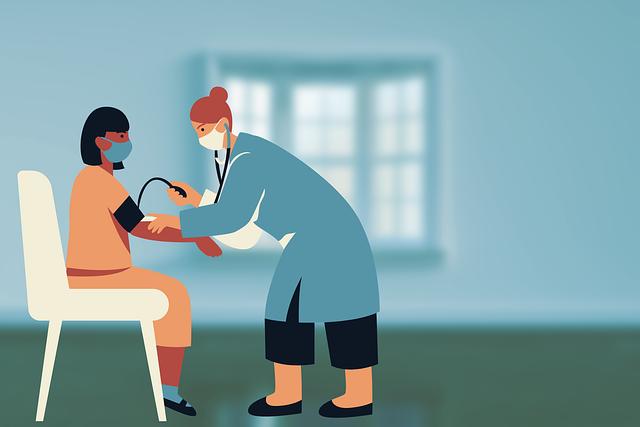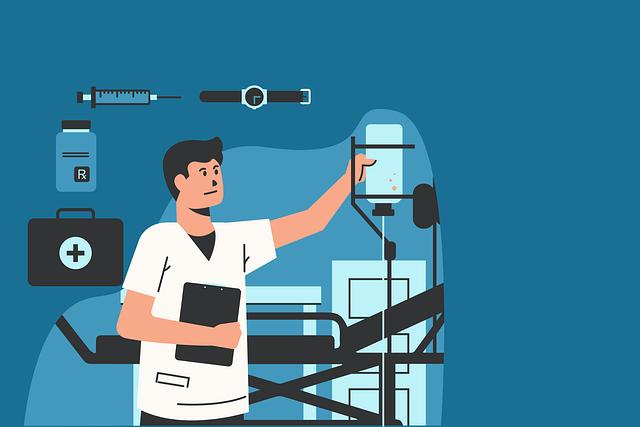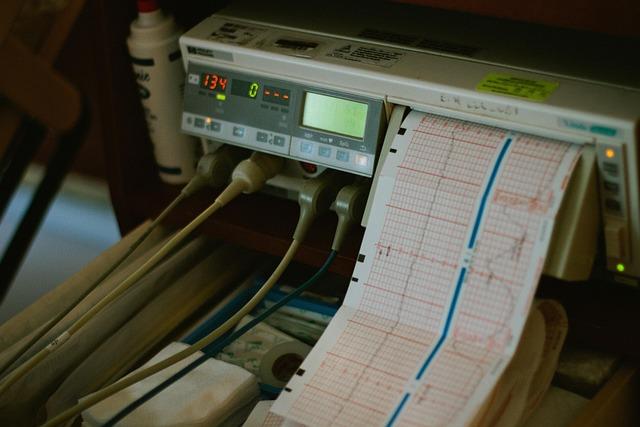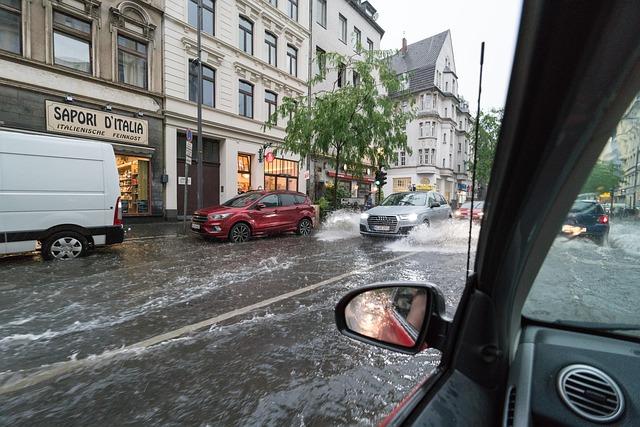- Introduction
- Rising Risks: Why Hospitals Are Vulnerable to Flooding
- Infrastructure Challenges and Preparedness Gaps
- The Health System Impact of Flood Disasters
- Adapting for Resilience: Steps Forward for Hospitals
- Conclusion
- FAQs
- References
Introduction
As global temperatures continue to rise, the risk of extreme weather events, including catastrophic flooding, is also increasing. Nowhere is this more critical than in hospitals—institutions meant to provide care and safety during emergencies. But what happens when the hospitals themselves are at risk?
This article explores the escalating risk of extreme flooding for healthcare facilities, particularly hospitals. We'll examine why hospitals are uniquely vulnerable to climate change-related disasters, delve into existing infrastructure and preparedness challenges, and investigate how flooding affects patient care and hospital operations. Finally, we’ll discuss what can be done to better protect healthcare systems from the growing dangers of climate change.
Rising Risks: Why Hospitals Are Vulnerable to Flooding

(Image: Pixabay/@Elf-Moondance)
Hospitals are often located in central urban areas, close to the populations they serve. However, this also places them in the direct path of flooding, especially in coastal cities, riverbanks, or low-lying terrain. According to a 2022 study published in GeoHealth, more than 800 hospitals in the United States are at risk of inundation from a 100-year flood event—which is becoming more common due to global warming.
Beyond location, hospitals depend on critical infrastructure including power grids, sewer systems, and transportation networks. These support systems are highly susceptible to flood damage, which can cause prolonged service disruption. In 2005, Hurricane Katrina overwhelmed several medical centers in New Orleans, leading to patient evacuations and loss of life.
The frequency of such events is no longer rare. As sea levels rise and rainfall becomes more intense and less predictable, even "once-in-a-lifetime" storms are becoming a much more regular occurrence. This places tremendous pressure on already strained healthcare systems.
Infrastructure Challenges and Preparedness Gaps

(Image: Pixabay/@Elf-Moondance)
Many hospitals were built decades ago, long before climate change adaptation became a priority. As a result, only a small percentage of facilities are flood-proofed or climate-resilient. Aging infrastructure—such as backup generators placed in basements or emergency exits under street level—can become dangerous liabilities during a flood.
Emergency backup systems are often inadequate. During Superstorm Sandy in 2012, several New York hospitals saw their generators fail after flooding flooded their basements. Patients had to be carried down dark staircases in high-rise hospitals with no power. More recent audits have shown that many U.S. hospitals still lack sufficient contingency plans for severe weather events.
Compounding the problem is underinvestment in long-term resilience. With budgets focused primarily on immediate patient care and short-term needs, infrastructure upgrades for climate adaptation are often delayed or overlooked entirely. This creates a growing vulnerability in the face of increasing climate-related events.
The Health System Impact of Flood Disasters

(Image: Pixabay/@MrWashingt0n)
Flooding can shut down hospital services at times when they are needed the most. In disaster scenarios, emergency rooms fill rapidly, intensive care beds become scarce, and staff may be unable to reach the facility due to impassable roads. This culminates in decreased quality of care and increased mortality risk.
Moreover, flooding often leads to the spread of infectious diseases. Damp environments and compromised sanitation systems can create breeding grounds for bacteria and viruses. Hospitals that are overwhelmed or shut down become passive bystanders in a public health crisis they should be leading.
Additionally, surgeries and treatments might be canceled, prenatal care interrupted, and drug supplies destroyed. Regional spillover effects also occur when surrounding hospitals must take on unexpected workloads due to the closure of a flooded facility. The result is a chain reaction of stress throughout healthcare networks.
Adapting for Resilience: Steps Forward for Hospitals

(Image: Pixabay/@Parentingupstream)
So, what can hospitals do to improve their resilience to climate-induced flooding? Experts recommend several strategies. First, conducting vulnerability assessments helps determine which parts of a hospital are most at risk. Based on these assessments, hospitals can relocate critical equipment above flood levels and seal vulnerable sections.
Second, investing in renewable energy and microgrids can provide backup power in ways more sustainable and less vulnerable than conventional diesel generators. Building levees, water diversion systems, and reinforced drainage systems can also help prevent inundation of hospital grounds.
Finally, resilience must extend beyond buildings. Emergency preparedness plans must include communication strategies, transportation for patient evacuation, supply chain disruptions, and continuity of care procedures. Training emergency staff and performing regular flood drills is increasingly considered best practice in climate-adaptive healthcare planning.
Conclusion
Climate change is not a distant threat—its consequences are already here, with extreme flooding events putting lives and critical infrastructure at risk. Hospitals, often seen as sanctuaries in times of crisis, are now becoming some of the most vulnerable buildings during these events.
To ensure continued patient care and reduce disaster-related fatalities, it’s essential to invest in hospital infrastructure, establish robust emergency protocols, and prepare for a future where resilience is not just optional, but vital. As climate risks grow, so too must our commitment to safeguarding our healthcare systems from collapse.
FAQs
How do floods directly impact hospital functionality?
Floods can disable power systems, damage medical equipment, disrupt transportation for patients and staff, and compromise sanitation—leading to department closures or full hospital evacuation.
Which hospitals are most vulnerable to flooding?
Hospitals located in coastal areas, flood plains, or near rivers and lakes are particularly at risk. Older facilities with below-ground critical systems are especially vulnerable.
What are some examples of hospitals affected by floods?
Notable cases include Charity Hospital during Hurricane Katrina (2005), NYU Langone Medical Center during Superstorm Sandy (2012), and some Texas hospitals during Hurricane Harvey (2017).
What can be done to protect these hospitals?
Solutions include elevating key infrastructure, installing flood barriers, adopting renewable backup power, and developing comprehensive emergency management plans.

